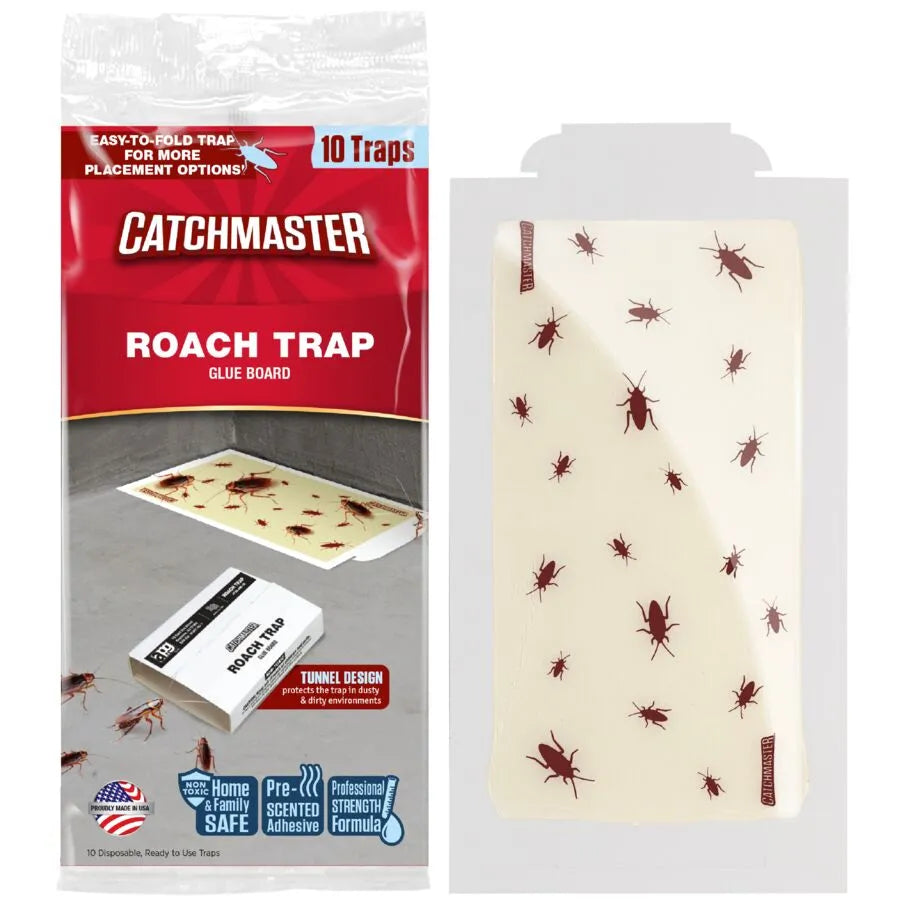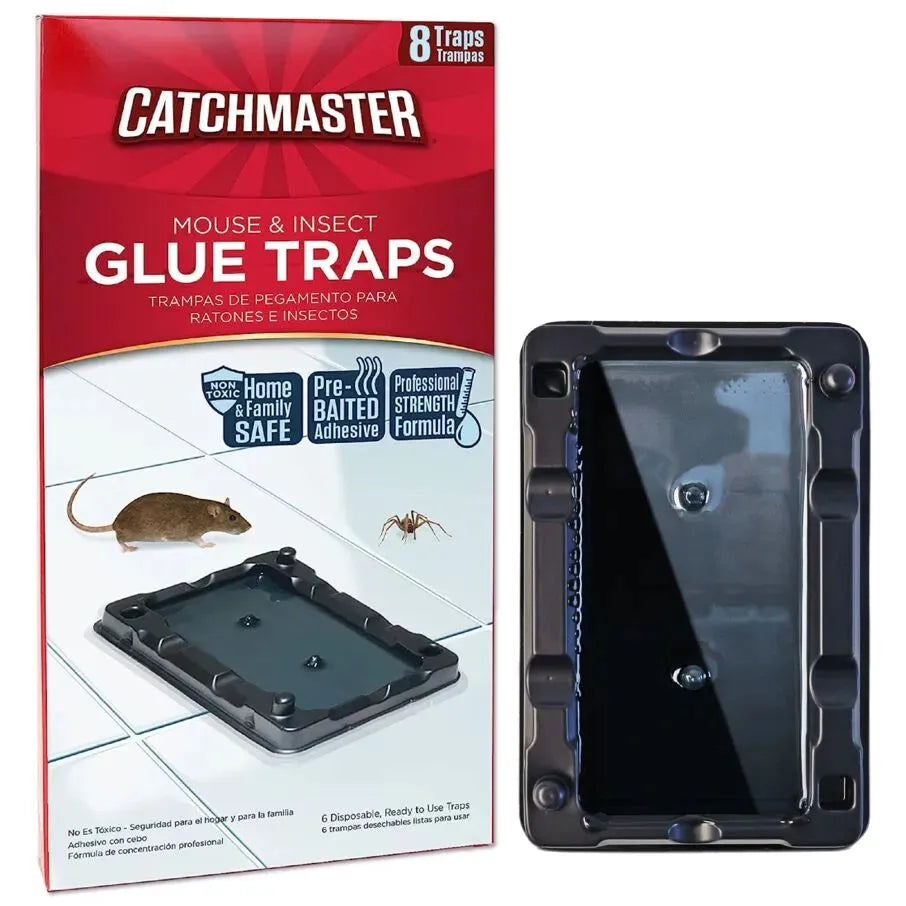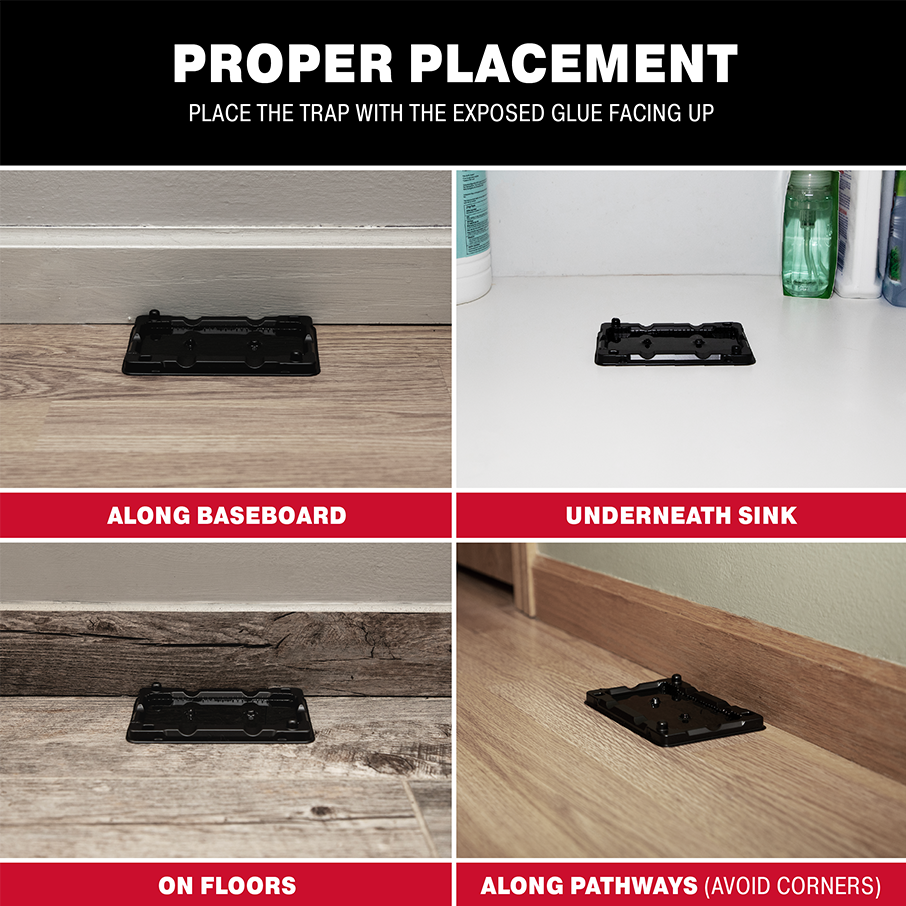
How to Get Rid of Cockroaches.
Effective Cockroach Control Tips For Your Kitchen.

How to Get Rid of Cockroaches.
Cockroaches in your kitchen can be more than just an unwelcome sight—they’re a health hazard, capable of contaminating your food and spreading harmful bacteria. If you’re searching for effective ways to banish these persistent pests, you’re not alone. Learning how to get rid of cockroaches requires a combination of prevention, targeted solutions, and long-term strategies to ensure they don’t return. In this guide, we’ll explore proven techniques and tips to reclaim your kitchen and maintain a clean, cockroach-free environment.
Effective Cockroach Control Tips.
Most moths are harmless, and many are even beneficial to the environment. They don’t bite, sting, or spread diseases and, for example, plant pollinators like the hummingbird moth play a vital role in the health of specific plant species. However, not all moths are so innocent. Some can devastate your food supplies, while others—like clothes moths—can infest your fabrics. If left unchecked, clothes moths can cause thousands of dollars in damage to clothing, upholstery, and other materials throughout your home. Let’s dive into how to stop them before it’s too late.
There are 5 kinds of cockroaches that are known to invade kitchens and bring disease & allergens with them – The German Cockroach, American Cockroach, Oriental Cockroach, Brown-Banded Cockroach, and the Smokybrown Cockroach. All are attracted to dark, damp, humid, and unclean places.
What Do the Most Common Roaches Look Like?
Signs of a Cockroach Problem
Everyone knows the unsettling sight of bugs scattering when the kitchen lights come on. Unfortunately, cockroach problems aren’t always that obvious, and if you don’t know what to look for, you might be sitting on a hidden infestation. The clearest sign of a cockroach problem is the presence of adult roaches, but even if you don’t see them, there are other telltale signs you shouldn’t ignore.
-
German Cockroaches
- Droppings: small, black pepper-like in cabinets, drawers, and countertops.
- Eggs: light brown, capsule shaped cases found hidden in humid areas.
- Smell: Musty
- Activity: Mostly at night.
-
American Cockroaches
- Droppings: large, cylindrical with ridges they near food or water
- Eggs: dark, reddish-brown and found in damp, hidden areas.
- Smell: Strong, oily
- Activity: mostly at night. Daytime activity indicates severe infestation.
-
Oriental Cockroaches
- Droppings: Black, irregularly shaped found in damp, cool places
- Eggs: Reddish-brown or black, found in dark, moist locations
- Smell: Strong, musty odor
- Activity: basements, crawl spaces, wet kitchen areas mostly at night.
-
Brown Banded Cockroaches
Droppings: Small, black, like pepper
Eggs: Light brown and glue to surfaces like walls, furniture, or appliances
Smell: rarely any noticeable odor.
Activity: Warm, dry areas like cabinets & shelves. Primarily at night.
-
Smokybrown Cockroaches
Droppings: same as American cockroaches, but more often found outdoors
Eggs: Reddish-brown, often hidden in outdoor vents or cracks
Smell: Oily smell in heavil infested areas
Activity: Flying & crawling near lights and windows outside at night.
How to Get Rid of Cockroaches - Glue Trays, Glue Boards, and Sanitation
For unmatched roach-stopping power, trust Catchmaster’s glue boards and glue trays for cockroaches. Our legendary glue formula is the same professional-grade adhesive relied upon by the pros and is available for your home. It’s also 100% non-toxic, ensuring there’s no risk of further contamination—unlike aerosols or poisons. Whether roaches are feeding or laying eggs, Catchmaster’s glue boards and trays are designed to trap them at their most vulnerable moments, giving you a powerful and effective solution to stop infestations in their tracks.

Use the Roach-Stopping Power of Catchmaster to Catch Them When Feeding.
Cockroaches tend to feed in warm, dry areas like under or behind appliances, inside cabinets and drawers, or in pantries and food storage spaces. The ideal tool for targeting these spaces is Catchmaster’s Cockroach Glue Boards. Versatile and easy to use, they can be laid flat, folded into tunnels, or shaped into half tunnels to fit perfectly between objects and walls. With Catchmaster, you have the flexibility to tackle infestations in even the most hard-to-reach spots.

Use Catchmaster's Roach-Stopping Glue Trays to Halt Reproduction
Cockroaches lay their eggs in dark, damp, or wet areas, often secluded from sight. For these tricky spaces, Catchmaster’s Mouse & Insect Glue Trays are the perfect solution. Unlike glue boards, which aren’t designed for such conditions, our heavy-duty glue trays are built to handle moist environments, making them ideal for placement under sinks, around drains, or near plumbing—favorite egg-laying spots for roaches. With Catchmaster, you can stop infestations where they start.

Cockroach Glue Board Placement Tips.
Placing Catchmaster’s Cockroach Glue Boards is quick and easy. Simply remove the traps from the box, peel off the adhesive cover, and position them along surfaces where cockroaches travel. Place them along walls, in corners, between appliances and walls, or inside cabinets. Adjust the trap as needed—lay it flat, fold it in half, or form it into a tunnel for maximum versatility. With Catchmaster, effective pest control is always hassle-free.

Crawling Insect Glue Tray Placement Tips.
Glue Trays are just as easy to use. Simply remove them from the box and separate the trays. Once separated, the traps are live and ready to go, so place them immediately in wet or damp areas where you’ve noticed roach activity or eggs. With Catchmaster’s Glue Trays, tackling tough cockroach infestations in moisture-prone spaces is fast and effective.
Sanitation is the real standard in roach-stopping power – stopping your roach infestation for good starts with making your home as uninviting as possible for these persistent pests. Roaches thrive in unclean areas with easy access to food, water, and shelter, so it’s essential to keep your kitchen and pantry clean, store food in sealed containers, and promptly fix any leaks or moisture issues. Regularly check and clean under appliances, inside cabinets, and in other dark, hidden spaces where roaches like to hide. With a proactive approach and the help of Catchmaster’s professional-grade glue traps, you can create a home environment that’s not only inhospitable to roaches but also protected from the health risks they bring.
Conclusion
Cockroach infestations in your kitchen are more than a nuisance—they are a health risk that demands immediate action. With five common cockroach species capable of invading homes and spreading disease, early identification and targeted solutions are essential. Catchmaster’s professional-grade glue boards and glue trays provide an effective, non-toxic solution for trapping cockroaches at their most vulnerable moments, whether they are feeding or laying eggs. Paired with strong sanitation practices to eliminate food, water, and shelter sources, these tools offer a
powerful way to reclaim your kitchen and maintain a pest-free home.
Key Takeaways
- Comprehensive Solutions: Catchmaster’s glue boards and trays effectively target cockroaches in warm, dry areas and damp, secluded spaces.
- Non-Toxic and Safe: Our traps are 100% non-toxic, providing peace of mind for your family while eliminating the risk of food contamination.
- Proven Professional-Grade Quality: The same glue formula trusted by professionals for over 70 years is available for home use.
- Proactive Prevention: Combine Catchmaster’s glue traps with diligent sanitation to create an environment that deters cockroach infestations.
- Easy Application: Quick and versatile placement options ensure effective coverage across problem areas in your home.
Thanks for reading - you’ve taken your first steps toward becoming a Catchmaster! Use code ROACHSTOPPINGPOWER at checkout to save 15% on Cockroach Glue Boards & Mouse & Insect Glue Trays.






